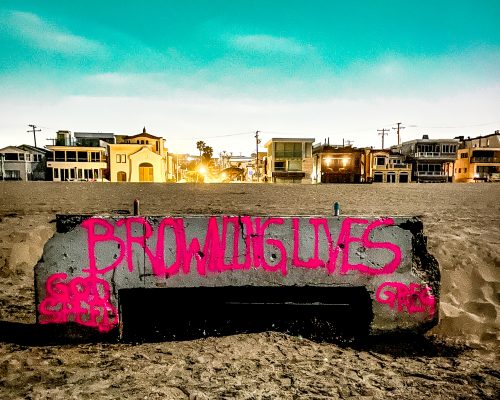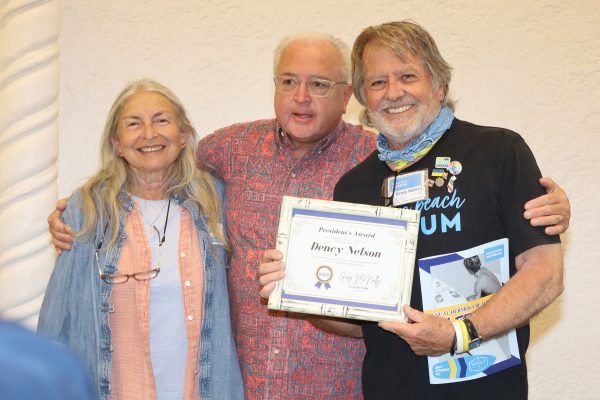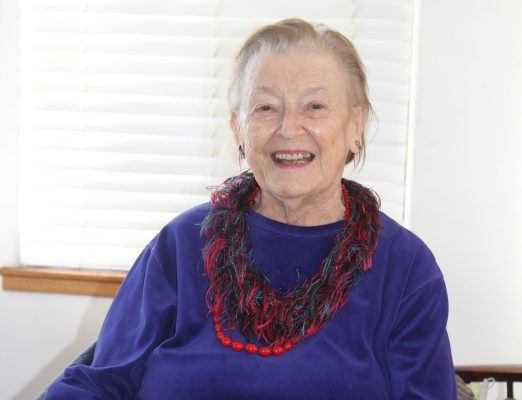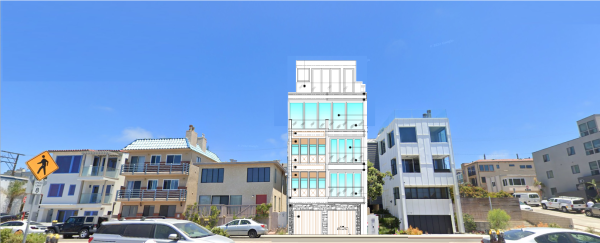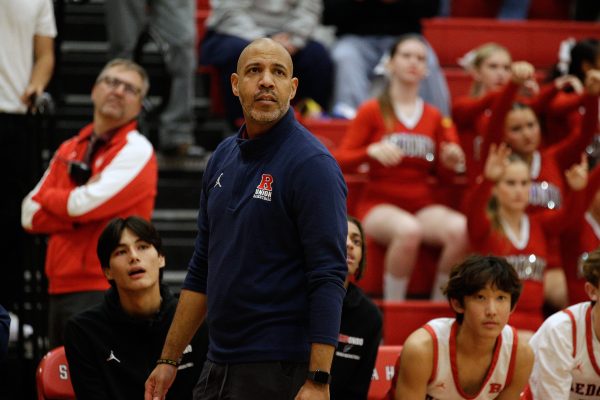With little hesitation, the Manhattan Beach City Council on Tuesday unanimously agreed to shell out $100,000 to the Chamber of Commerce in exchange for continued facilitation of the city’s economic development in fiscal year 2013-2014.
This is the second year of the city’s partnership with the Chamber under the leadership of president/CEO Jim O’Callaghan, who took the reins of the faltering organization last June.
Last September, the City Council voted to revive the partnership after cutting off funding the prior year, approving a $75,000 payment and a 10-year allowance of free office space in City Hall.
In his presentation of the Chamber’s final quarterly report of the fiscal year to council Tuesday, O’Callaghan outlined various “returns on investment” the city has gained through the agreement, under which the Chamber was directed to create partnerships with the local business community, develop a visitors’ bureau to promote city businesses and attractions and identify economic development opportunities.
Since then, O’Callaghan explained, the Chamber website, revamped in April to better promote the city’s businesses and community events, has drawn 175,000 visits. Distribution of the Chamber’s Destination Guide was increased from 10,000 to 20,000, generating an estimated $1.25 million in outside sales and $12,500 in sales tax.
The Chamber has also kept busy promoting the city at trade shows, such as the 2013 International Pow Wow. O’Callaghan said they’re projected to generate 13 bookings over the next 24 months, netting $80,000 in hotel revenue and $60,000 in sales.
Internally, the Chamber has been working to reorient its membership, O’Callaghan said. Nonlocal membership in the Chamber has dwindled from a 60-percent majority to an even 50 percent. Seventeen of the 24 board of directors are based in Manhattan Beach, and they’ve newly brought onboard representation from the Zislis Group, Skechers and Toyota/Scion.
For fiscal year 2013-2014, O’Callaghan said the Chamber will continue these priorities with some specific deliverables, which include creating a promotional video for the city, developing a mobile app for the Chamber website and finalizing the logistics of a visitors’ bureau.
City Manager Dave Carmany said the city’s payment to the Chamber – a $25,000-increase from last year – tends to fluctuate based on the city’s budget and the types of economic services provided by the Chamber.
O’Callaghan dismissed the notion that the city is subsidizing business. He underlined that the city is rather making an investment in not only its economic development but overall quality of life.
“If you don’t have the business community, you lose about 30 percent of your annual budget,” he said. “That’s a big chunk of money to have to make up … If you want to stay the premier city in the South Bay, you need to develop and spend the money to be that premier city. And you can’t do that without continuing investment.”
O’Callaghan recommended that the city develop a three-to-four year economic development plan instead of proceeding annually, and include the Chamber in the general discussion to see more sustained developments
“During economic development, a year is like throwing darts in a wall,” he said. “You might hit something, you might not. The more sustained progress you have … eventually the wheels will start spinning and you’re not moving it anymore.”
Mayor David Lesser proposed that council schedule a workshop dedicated to exploring the Chamber’s recommendations and sorting out economic development priorities. Noting that the Chamber’s consultation and work supplements the city’s current staff capabilities, he praised its efforts so far, as well as the caliber of its board and staff.
“I want to invest in them to help us because I have such confidence in their ability to deliver,” Lesser said.


